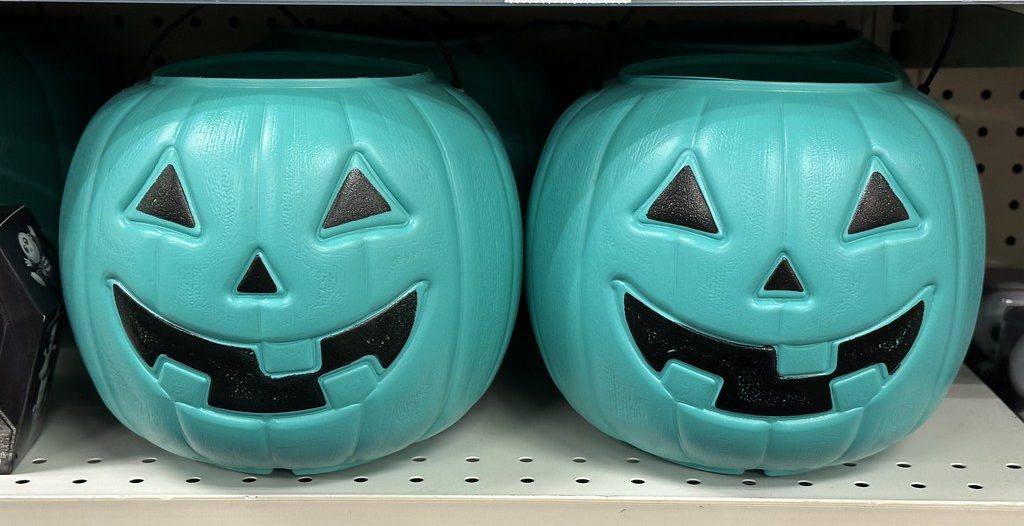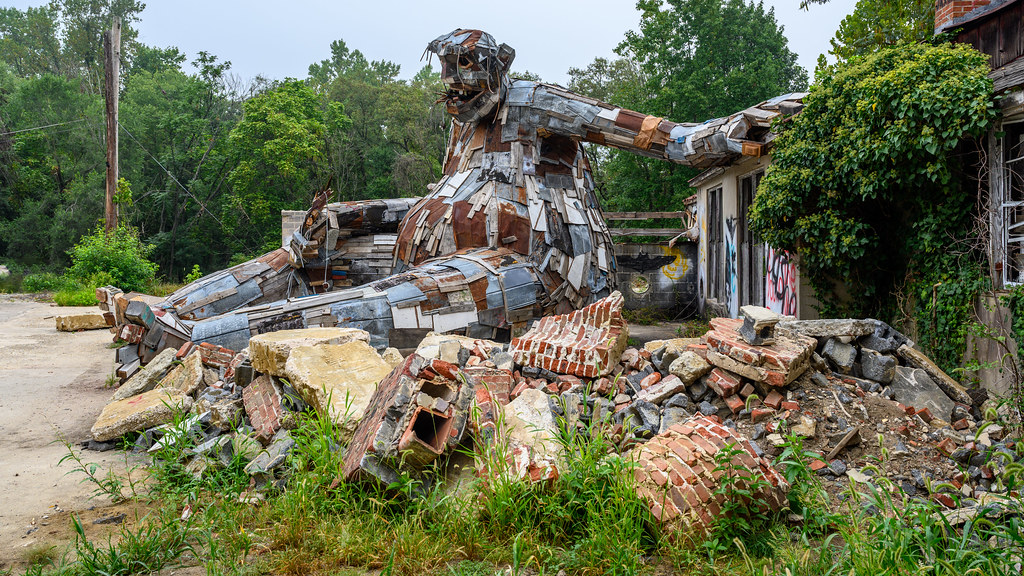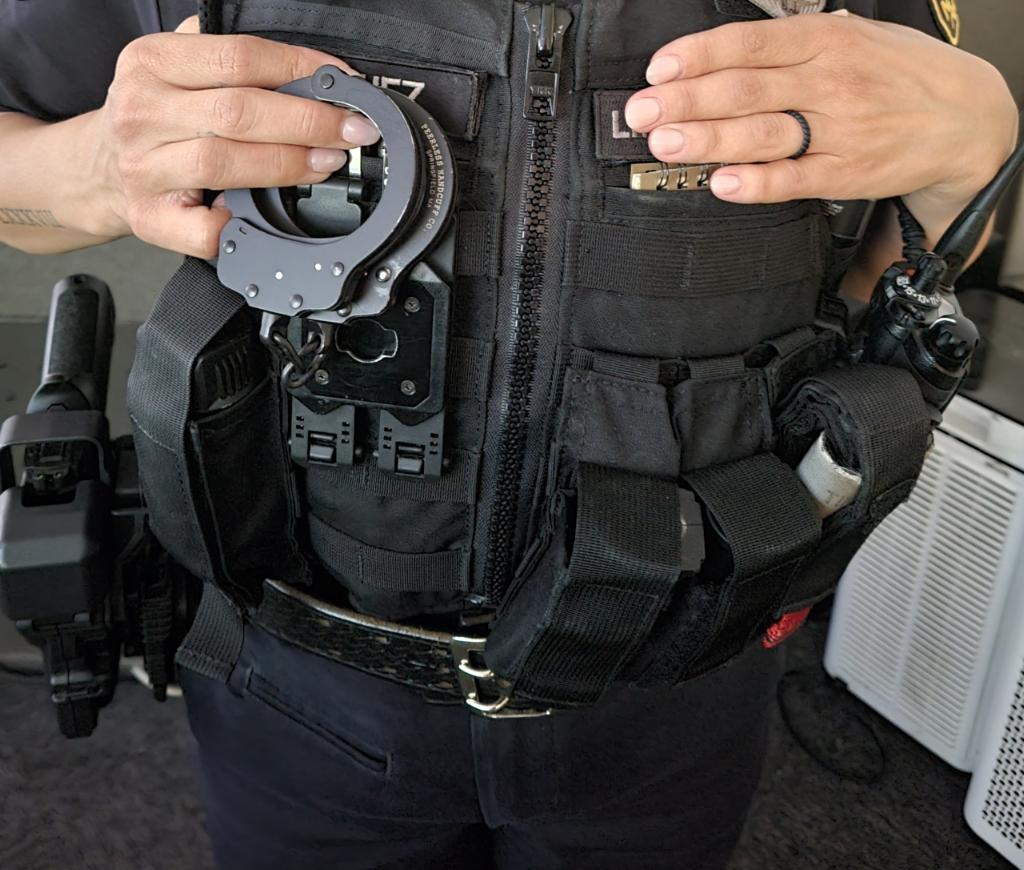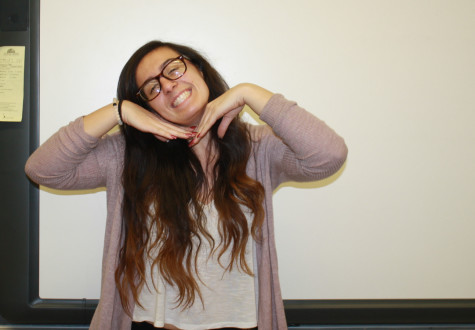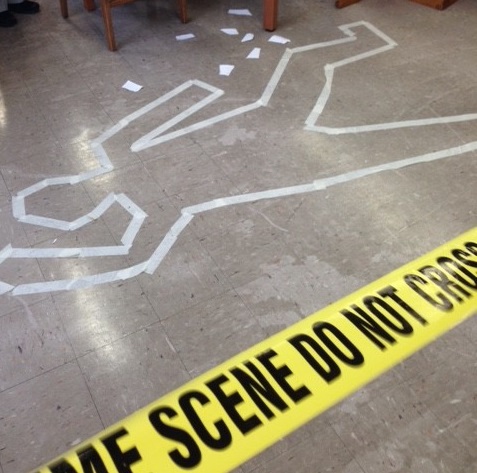
Students of Colonia High gain knowledge necessary to become the future crime scene investigators of the world through the countless labs and experiments in the newly inducted forensics course.
Colonia’s forensics students learn the ins and outs of crime scene investigation through a simulated murder created by, Ms. Cathleen Greene. The forensics course, a relatively new addition to the high school’s curriculum, teaches a classroom of both juniors and seniors various techniques involved in processing a crime scene. Forensics incorporates the application of scientific concepts in order to use them in the court of law. The techniques used to do so range from fingerprinting, blood splatter analysis, in depth investigation of scenes and the examination of trace evidence.
After a pilot course during the 2013-2014 school year, the forensics class was approved as an elective open to upperclassmen only. This school year will be its first year in full swing with both S and R-track classes.
Greene, a biology teacher at Colonia High School, took an interest in teaching the forensics course when rumor spread of its creation. “I always found the topic of forensics an interesting concept.” Her interest spread beyond just that, as Greene sought a minor in law and justice in college.
With a heavy influence from the scientific aspect of thinking and criminal justice, this course focuses primarily on using logical techniques in order to solve a crime. Using these techniques and intellectual reasoning, students learn to draw conclusions and analyze evidence pertaining to a criminal case. The forensics course applies all of the past information learned throughout chemistry, anatomy, and biology, amongst newly acquired knowledge, to give students an inside look on how actual forensic investigators perform.
Greene suggests that students with both a high interest in law and science take this course. An analytical brain is crucial for success throughout this course, as piecing together a crime can become complex at times. Logical thought is required to interpret the progression of a time line pertaining to a crime. While the class is open to students with various strengths and weaknesses, Greene suggests that those with a passion for justice and a strength in science will find success in the forensics course.
Using computer-based simulations, students have the opportunity to observe and solve virtual crimes after tracing evidence back to a suspect or group of suspects involved. During one of the many labs throughout the course of the semester, forensics students will have the chance to analyze gunshot residue using a set of microscopes. Simulations of crime scenes are used to better the understandings of techniques used in investigations. To identify a suspect in a crime, students are given information needed to lift and examine fingerprints left behind, DNA test and match strands of hair or hair follicles found at a scene.
Hopeful and enthusiastic, Colonia High School welcomes the forensics elective course in its pilot year. Determination and hard work in this course can mold students into the future crime scene investigators of the world. For the scientifically driven, justice seeking students of CHS, consider forensics as a future course. Discover more about the little known world of scientific investigation, the processing of a crime scene and evidence, the judicial process and much more.





